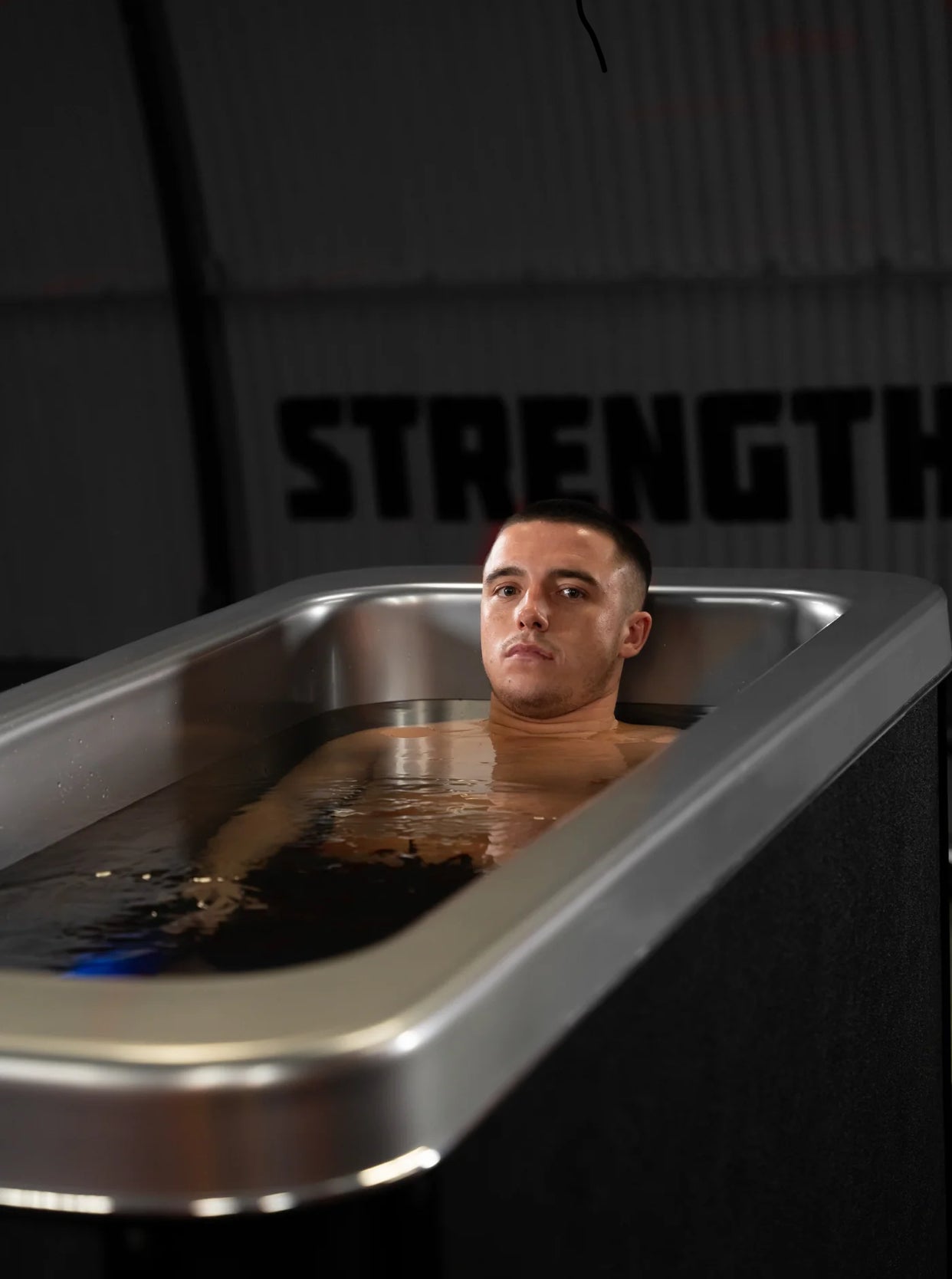Feeling puffy after a workout or just life in general? The short answer: yes, ice baths can help reduce inflammation. By shrinking blood vessels, a cold plunge or dip in your ice bath tub eases swelling fast. Want to know how a cold plunge tub does it? Keep reading to chill smarter.

Unveiling the Anti-Inflammatory Power of Ice Baths: What the Science Says
Understanding Inflammation: Acute vs. Chronic Responses and Their Impact
The Body's Natural Healing Process: Acute Inflammation
Inflammation is your body’s defence mechanism against injury or infection.
Acute inflammation occurs quickly, helping fight off harmful stimuli and triggering the healing process.
This kind of inflammation is short-lived and usually resolves once the threat is gone.
It's essential for recovery from things like cuts, bruises, or muscle strain.
When Inflammation Becomes a Problem: Chronic Conditions
Chronic inflammation, however, sticks around longer than needed.
It’s often linked to conditions like arthritis, heart disease, and autoimmune disorders.
Rather than helping, this prolonged inflammation can cause more damage, leading to discomfort and long-term health issues.
How Ice Baths Combat Inflammation: Mechanisms and Effects
Vasoconstriction and Blood Flow Regulation
Cold plunges trigger vasoconstriction—the narrowing of blood vessels.
This limits blood flow to affected areas, reducing swelling and tissue breakdown.
After exiting the cold plunge tub, blood flow returns, flushing out waste products and promoting healing.
Impact on Cellular Response and Immune Markers
Cold therapy may reduce pro-inflammatory markers like cytokines.
This helps modulate the immune system’s activity and prevents overreaction.
It also slows metabolic processes, easing the inflammatory response at a cellular level.
Addressing Delayed Onset Muscle Soreness (DOMS)
Ice baths are popular among athletes for good reason.
Cold immersion after workouts can ease DOMS by reducing muscle inflammation and microtrauma.
You’ll likely feel less stiff and recover faster, making it easier to stay consistent with training.
Beyond the Chill: Practical Guidance for Using Ice Baths to Manage Inflammation

Integrating Ice Baths into Your Wellness Routine for Inflammation Relief
Preparation and Safety Protocols for Your Plunge
Start slow. Use a thermometer to keep your ice bath tub between 10°C and 15°C.
Never jump in straight after intense exercise without a cooldown.
Make sure someone’s nearby if you’re new to cold plunging.
Avoid submerging your head and always listen to your body.
Optimal Duration, Temperature, and Frequency
Begin with 2–3 minutes and work up to 10–12 minutes.
Most benefit is seen with 2–3 sessions per week.
If the water’s colder, keep sessions shorter.
Consistency beats extremes when using a cold plunge for inflammation.
Combining Ice Baths with Other Anti-Inflammatory Strategies (Diet, Exercise, Stress Management)
For best results, pair your cold plunge with anti-inflammatory foods (like berries and fatty fish), gentle movement, and stress-reducing practices like meditation.
Cold therapy works best as part of a wider inflammation reduction toolkit.
Potential Risks and Important Considerations Before Taking the Plunge
Who Should Avoid Ice Baths (Pre-existing Conditions)
People with heart issues, Raynaud’s disease, or uncontrolled hypertension should steer clear or consult a GP first.
Pregnant individuals and those with nerve damage or cold intolerance should also proceed with caution.
Understanding Cold Shock Response and Hypothermia
Cold shock can cause gasping, rapid breathing, and panic.
Never plunge alone, and breathe slowly as you enter.
Avoid staying in too long to reduce the risk of hypothermia.
Shivering is normal—but stop if it becomes intense or uncontrollable.
Consulting Healthcare Professionals
If you have underlying conditions, always check with a healthcare provider before adding cold plunges to your routine.
Safety first ensures the benefits outweigh any potential risks.
Takeaways
-
Ice baths may help reduce both acute and chronic inflammation.
-
Cold plunges work by controlling blood flow and immune response.
-
DOMS relief is one of the top ice bath benefits.
-
Pair with healthy lifestyle habits for best results.
-
Always follow safety guidelines and consult a doctor if unsure.
Conclusion
From easing sore muscles to calming chronic flare-ups, ice baths can be a powerful tool against inflammation.
When used wisely and safely, the cold plunge tub isn't just for athletes—it’s for anyone looking to recover smarter and reduce inflammation naturally.






